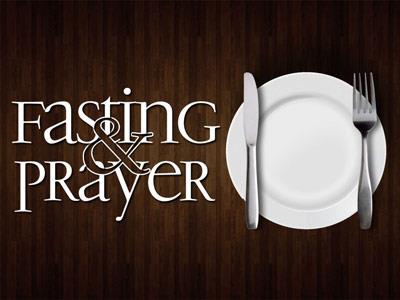-
Seeking Direction Series
Contributed by Mary Erickson on Mar 18, 2022 (message contributor)
Summary: Part of a Lenten Sermon Series on people in the gospels who seek out Jesus. This week examines the rich man who approaches Jesus "Seeking Direction."
March 16, 2022
Hope Lutheran Church
Rev. Mary Erickson
Mark 10:17-22
Seeking Direction
Friends, may grace and peace be yours in abundance in the knowledge of God and Christ Jesus our Lord.
Do you know what would have happened it had been the three wise WOMEN instead of the three wise MEN who visited the baby Jesus? They would have asked for directions and arrived on time, helped deliver the baby, cleaned the stable, made a casserole and brought practical gifts.
Asking for direction. When you get lost, would you rather cut off your arm than ask for directions?
We continue our Lenten theme of “Seekers.” Tonight we hear a story about a certain man who came to Jesus seeking direction. This man approaches Jesus. “Rabbi,” he says, “What must I do to inherit eternal life?” The man is earnest about his spiritual journey.
Jesus answers in a very orthodox fashion. He points to the commandments. He starts naming off the commandments:
• Honor your father and mother
• Don’t kill
• Don’t commit adultery
• Don’t steal
• Don’t bear false witness
Jesus frames his directions in terms of the second table of the law, the commandments dealing with our neighbor. He’s telling this seeker to love your neighbor as you love yourself.
The man says he follows all these things. “What else is there?” he asks, “What do I still lack?”
This man senses a kind of emptiness. There’s something he’s still missing. This feeling of emptiness oftentimes is the way we recognize a spiritual nudging by the Holy Spirit. The ancient desert fathers referred to it as “acedia.” We feel a sense of spiritual dryness or apathy. What else, we think. What else is there?
The man feels something like this. It’s this internal spiritual prodding that leads him to seek out Jesus for direction.
Mark, in his gospel, adds a little information to the story that Matthew and Luke leave out. Mark tells us, “Jesus, looking at him, loved him.”
Jesus looks at this seeker and really sees him. He sees all his shortcomings, all his blind spots. He sees his fine clothing and expensive shoes. He senses his attraction to possessions. Jesus is able to diagnose this man’s deficiencies. And he loves him! Jesus’ response is compassion. It’s out of this compassion that Jesus speaks to the area where he needs to grow.
Jesus probes into this man’s neglected, hidden side. It’s like the back side of the moon – you never see it. This man has kept certain aspects of himself hidden from God and perhaps even from himself. If he’s going to find healing and experience new growth, then he must face and accept this neglected part of himself.
When we come seeking direction from Jesus, he sees all of us with his compassionate eyes. In order to bring us into greater wholeness, our blind and broken areas need to be identified and accepted. This realization will sting our ego. But divine compassion cannot allow these atrophied and unhealthy areas to be overlooked any more than a doctor can withhold the diagnosis of a sickness.
This is the same dynamic that occurs in the 12-step process. The region of our disease must be identified and named before healing can occur.
In his compassion, Jesus points out where the rich man has fallen short. He’s coveted after things, he’s loved his possessions more than God. The man departs grieving because Jesus has probed into the one spot that most needed his attention, and it hurt.
The story of the rich man ends there, in his grief. We don’t know what he will go on to do. First comes the grief of his acknowledgement. Will he heed Jesus’ words? The story remains unfinished.
We still seek Jesus for direction. When we’re faced with a dilemma, when we have an important decision to make, we come to Jesus in prayer. We search his words in scripture.
You don’t see them so much any more, but several years ago, people wore colorful, plastic bracelets inscribed with the letters “WWJD.” It stood for “what would Jesus do?” It’s such a simple statement, but it’s amazing how asking it will oftentimes bring new clarity to a situation. When we ask that question, we’re seeking Jesus’ direction.
Our goal in seeking Jesus’ direction is the same desire felt by the rich man. We wish to align our thoughts and actions more perfectly with the good and gracious will of God.
A great practice that many people do is to start off their day in prayer. We seek out Jesus’ good counsel to lead and direct us through our day. “Lord, Jesus, help me to follow you more closely. Let my footsteps follow your path, let my words reflect your grace, let my actions show your justice and mercy.”

 Sermon Central
Sermon Central



